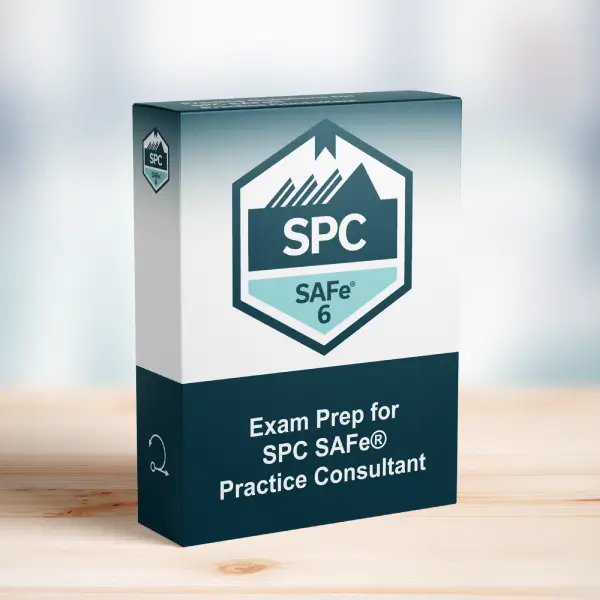Applying SPC Principles in Practice
This article analyzes a core SPC competency area and how it impacts enterprise-scale Agile transformations.
Exam Question
What is one way Lean-Agile leaders lead by example?
(choose the best answer)
A. By acting with honesty, integrity, and transparency
B. By mastering the seven core competencies of business agility
C. By shifting from a fixed mindset to a growth mindset
D. By applying empathic design and focusing on Customer Centricity
Correct Answer
A. By acting with honesty, integrity, and transparency
Explanation
Correct Answer
A. By acting with honesty, integrity, and transparency:
This response aligns with SPC principles and SAFe guidance for this situation.
Incorrect Answers
B. By mastering the seven core competencies of business agility:
This option does not directly relate to the concept emphasized in this SAFe principle.
C. By shifting from a fixed mindset to a growth mindset:
This option does not directly relate to the concept emphasized in this SAFe principle.
D. By applying empathic design and focusing on Customer Centricity:
This option does not directly relate to the concept emphasized in this SAFe principle.
Applying SPC Principles
- SPCs guide lean-agile implementation across large organizations.
- They coach teams, ARTs, and leaders to apply SAFe effectively.
- System thinking and flow optimization are core responsibilities.
Relevance to the SPC Exam
This question format mirrors the actual SPC exam. Understanding the SPC’s role and decision-making logic is essential for passing and for leading transformations.
Key Takeaways
- SPCs guide enterprise-wide Lean-Agile adoption.
- SAFe encourages systemic thinking and long-term enablement.
- Traditional, rigid planning approaches are not effective in SAFe.
Conclusion
Understanding this concept is critical for mastering SAFe roles and passing the SPC exam. For structured practice, visit our SPC Exam Prep.
Read more:



